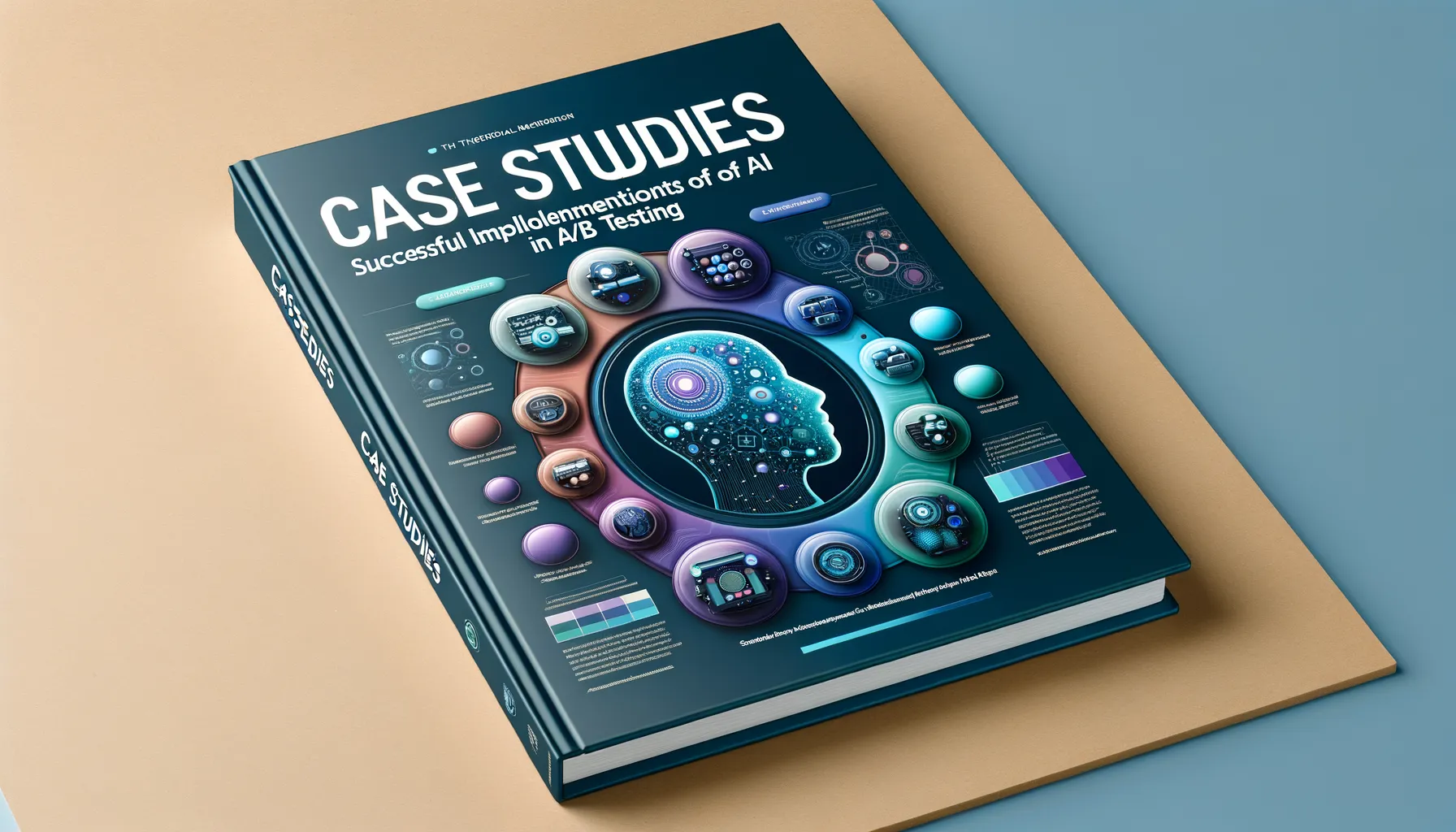Understanding the Importance of A/B Testing in Mobile Apps
Why A/B Testing is Like Your App’s Personal Fitness Coach
Imagine your mobile app as an athlete running a marathon. Without regular coaching, feedback, and adjustments, how can it push past the competition? This is where A/B testing comes in—it’s the coach whispering strategies that lead to better performance.
Here’s the beauty of it: with A/B testing, you’re not relying on guesswork or intuition. You’re listening directly to your users. Think about it—wouldn’t you rather know for sure if blue buttons outperform red ones? Or if a playful greeting wins over a serious tone? These small tweaks often mean the difference between an app that’s loved and one that’s left behind.
- Want to boost retention? Test different onboarding flows.
- Aiming for higher in-app purchases? Experiment with pricing layouts.
- Struggling with user engagement? Try tweaking notifications or CTA designs.
A/B testing is the flashlight helping you navigate the dark tunnel of assumptions. Each test gets you closer to an app experience that’s seamless, intuitive, and downright irresistible for your users. After all, why settle for “good enough” when greatness can be within reach?
Cutting-Edge AI Methods for Enhanced Testing Accuracy

Revolutionary Algorithms That Leave Guesswork Behind
Imagine having a crystal ball for your A/B testing—only smarter, faster, and infinitely more precise. That’s the power of AI-driven methods in mobile app optimization. Gone are the days of running endless tests based on hunches or incomplete patterns. Today, machine learning algorithms can slice through mountains of data with laser focus, revealing what truly resonates with your users.
For example, instead of testing one variable at a time, advanced AI techniques like multi-armed bandit algorithms allow for dynamic testing in real-time. The result? You adapt on the fly as users interact with your app, fine-tuning the experience while gaining actionable insights faster than ever before.
- Predictive analytics: AI identifies user trends before they’re visible to the naked eye.
- Bayesian models: These methods enable you to analyze performance probabilities and optimize decisions with minimal data waste.
Turning Tiny Insights Into Game-Changing Results
Think of each user interaction as a puzzle piece. On its own, it’s tiny, almost meaningless. But when stitched together by AI, these pieces paint a vivid picture of user behavior. From personalized push notifications to intuitive interface changes, tools powered by AI understand what makes your audience tick—and then amplify it.
Take sentiment analysis, for instance. With natural language processing (NLP), your app can gauge how users feel about certain features. Are they confused? Thrilled? Slightly bored? This emotional layer allows you to tweak not just functionality but also the vibe of your app. Because let’s face it—an app that “gets you” is one that keeps you coming back.
Optimizing App Performance with AI-Driven Insights

Unleashing Hidden Potential Through Data-Driven Decisions
Picture this: your app is like a finely-tuned sports car. It looks sleek, it runs well, but what if an invisible mechanic could constantly tweak its engine, making it even faster, smoother, and more powerful? That’s precisely what AI-powered insights do for your app performance.
By analyzing user behavior at extraordinary depth, AI flags micro-opportunities for optimization you might never have spotted on your own. For example, let’s say your user engagement dips every time someone lands on your checkout screen. Is it the button placement? A confusing prompt? Or just poor color contrast? Machine learning algorithms dig into patterns, compare scenarios, and present you with actionable truths—and fast.
- Real-time feedback loops: No more waiting weeks for results; see what’s working (and what’s not) instantly.
- Personalized recommendations: AI doesn’t just show data—it suggests what to do about it.
- Behavior prediction: Predict future trends based on what users do right now.
Forget sifting through spreadsheets like it’s 2010—AI transforms raw numbers into clear, creative solutions, empowering you to make changes that your users will actually love.
Case Studies: Successful Implementations of AI in A/B Testing

How AI Transformed User Engagement: A Fashion App Success Story
Imagine this: a thriving fashion app known for its trendy clothing was stuck in a creative rut. They had plenty of traffic, but users weren’t converting into buyers. Enter *AI-powered A/B testing*, the secret sauce that turned their performance around.
Using an advanced AI model, they tested two checkout flows: one with a minimalist design and another jam-packed with upsell recommendations. The results? The AI didn’t just deliver numbers — it uncovered that Gen Z users found the upsell features overwhelming. By shifting to the sleeker flow, conversions skyrocketed by 35% in just one month. That’s not just a boost; that’s a game-changer.
HealthTech’s AI Revolution: Personalized Push Notifications in Action
A leading HealthTech app was struggling to find the perfect balance between engaging users and annoying them with push notifications. Instead of trial and error, they turned to *AI-driven testing*. Here’s what happened:
- The AI analyzed millions of data points — workout habits, time zones, even weather patterns.
- It personalized notification timing down to the user level, sending gym reminders on mornings when the temperature was cooler.
The outcome? A staggering 60% increase in app retention. Sometimes, all it takes is a nudge at the right time.
Future Trends in AI for Mobile App Optimization

AI-Powered Personalization: The Future Is Here
Imagine opening an app that feels like it was crafted just for you—predicting your preferences even before you know them yourself. That’s not magic; it’s the future of AI in mobile apps. As machine learning advances, tools like predictive analytics will turn A/B testing into a dynamic, real-time process. Forget static test groups; AI will analyze user behavior continuously, tailoring every button, banner, and feature to each individual.
For instance, think about music streaming apps. Today, they’re great at recommending songs, but tomorrow? AI could fine-tune the app interface itself based on whether you’re a morning podcast listener or a night owl vibing with lo-fi. This isn’t guesswork—it’s AI seeing patterns we can’t.
- Hyper-targeted user interface changes
- Adaptation based on time, mood, or habits
- Smarter push notifications that actually engage
The Role of Explainable AI (XAI)
The next wave is all about transparency. Developers will tap into Explainable AI to understand *why* one version of an app outperformed another. It’s not enough to see that Button A worked better—we’ll need to know if it’s because of color, placement, or something else entirely. This empowers creators to iterate faster while building trust with users.
The bottom line? In this new frontier, apps won’t just adapt—they’ll evolve in step with their users, creating digital experiences that feel almost human. The future of mobile apps doesn’t just meet expectations—it reads minds.
